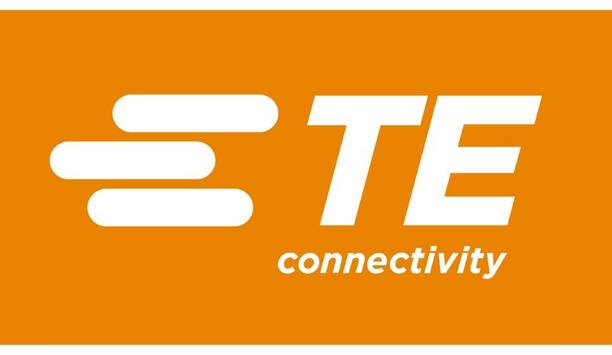In a world where sustainability and technological innovation converge, the rise of electric vehicles (EVs) and renewable energy sources is reshaping the future of transportation.
This evolution isn’t confined to the surface-level revolution of cleaner cars; it extends deep into the infrastructure powering them.
renewable energy and smart EV
This article delves into the remarkable synergy between renewable energy and smart EV charging, revealing how this partnership not only addresses environmental concerns but also brings about a fundamental shift in energy distribution and consumption.
- A Symphony of Sustainability:
Their clean and infinite nature aligns seamlessly with the zero-emission ethos of electric vehicles
The harmonious integration of renewable energy and smart EV charging paints a vivid picture of a greener future. Renewable sources, such as solar, wind, and hydroelectric power, form the backbone of this transformation.
Their clean and infinite nature aligns seamlessly with the zero-emission ethos of electric vehicles. By capitalizing on these sources to charge EVs, we can envision a world where our transportation choices have a significantly lower environmental impact.
- The Dance of Demand and Supply:
The dynamic nature of renewable energy sources presents a unique challenge: their availability is often subject to weather patterns and geographical variations. Smart EV charging systems, powered by advanced algorithms, tackle this challenge head-on.
They intelligently manage charging sessions based on real-time energy production, ensuring that EVs draw power when renewables are at their peak. This not only optimizes energy utilization, but also fosters a balanced grid by alleviating strain during peak demand.
- Empowering the Grid: Vehicle-to-Grid (V2G):
EVs can store excess power, and during high-demand moments, they can release energy back
The marriage of EVs and renewable energy goes beyond just consumption; it extends to participation in the energy ecosystem. Vehicle-to-Grid (V2G) technology enables EVs to act as mobile energy storage units.
During surplus renewable energy periods, EVs can store excess power, and during high-demand moments, they can release energy back into the grid. This bidirectional flow has the potential to revolutionize energy distribution, stabilize grids, and enhance grid resiliency.
- The Interface of Innovation:
Smart Charging Networks: Smart charging networks form the digital bridge between renewable energy and EVs. These networks utilize real-time data analytics, predictive algorithms, and user preferences to orchestrate charging schedules that align with renewable energy availability.
This not only optimizes the use of green energy but also empowers users with cost-efficient charging options.
- Unlocking Economic and Environmental Synergies:
Nations can enhance energy security and mitigate the economic impact of fossil fuel price fluctuations
The integration of renewable energy with smart EV charging isn’t just about environmental stewardship, it’s also a strategic move.
By reducing reliance on non-renewable sources, nations can enhance energy security and mitigate the economic impact of fossil fuel price fluctuations. This sustainable shift opens doors to innovation and economic growth, spurring investments in renewable energy infrastructure and advanced technologies.
innovation, sustainability, and progress
The convergence of renewable energy and smart EV charging is a symphony of innovation, sustainability, and progress. It’s not just about powering EVs; it’s about transforming the way we envision energy generation, distribution, and consumption.
As individuals embrace the possibilities of a world where electric vehicles are charged by the sun and the wind, they are not just embracing transportation evolution, they are catalyzing a transformation that will reverberate through industries, communities, and generations. This partnership between technology and nature isn’t just a trend; it’s a paradigm shift toward a more harmonious and resilient future.






